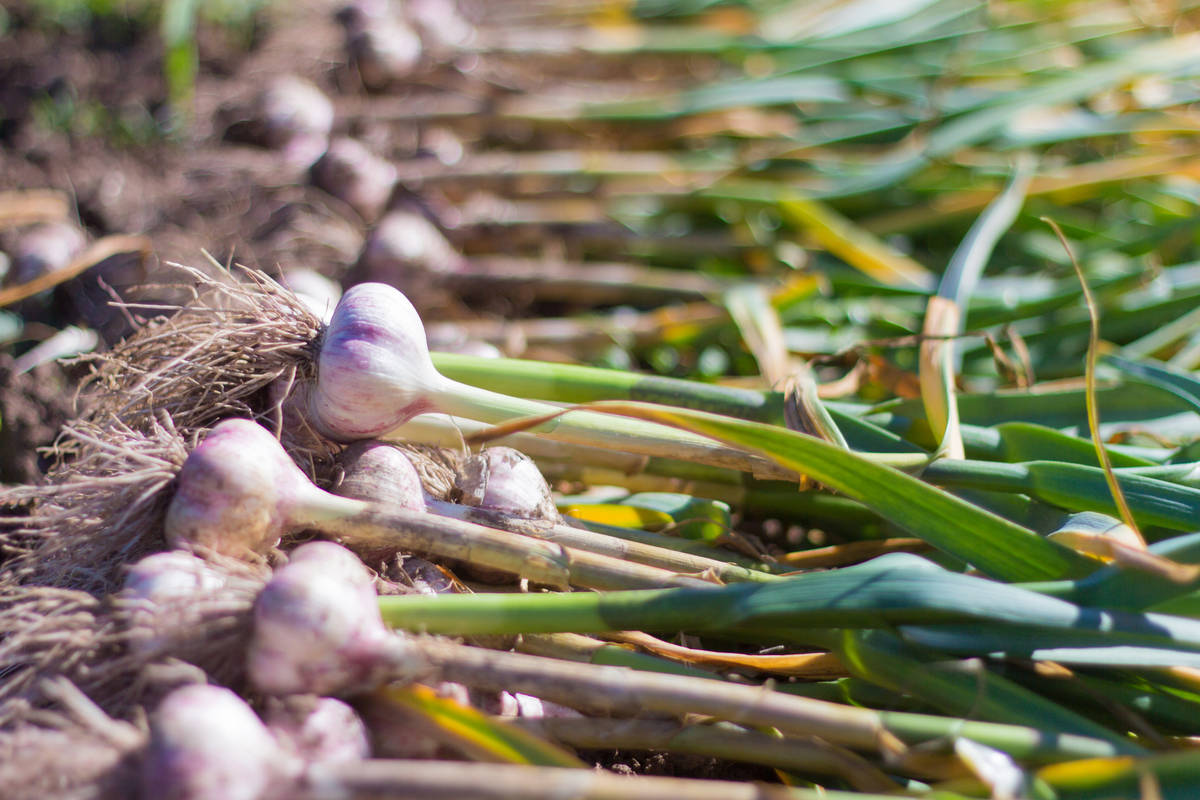
In Season takes readers’ questions and offers suggestions for a better harvest.
Q: I have a birdbath that is about 3 feet tall. I would like to surround it with a flowering bush that will attract hummingbirds and butterflies. I love red flowers and I do not want to have to replant every year. Do you have any suggestions?
A: I recommend Salvia Splendens, better known as scarlet or red sage. Scarlet sage is a perennial in our climate, and you won’t need to replant it every year. Sage comes in a variety of colors including red and the pollinators are attracted to it.
Its flowers sit atop a long green spike and would provide a dramatic contrast to your bird bath if it is white. I would plant a ring of scarlet sage around your bird bath, spaced at least 2 feet apart. Red sage will bloom spring through fall and die back in the winter. Trim the dead branches for renewed growth in the spring.
Q: I have noticed a lot of small caterpillars on the leaves of my roses and other flowers. What can I spray the plants with to kill them?
A: With most caterpillars I find picking them off to be more effective than sprays or poisons. I suggest that you first try a blast from the hose to the affected areas for several days in a row until they are gone. If that does not work, there is an organic spray, Bacillus Thuringiensis, also known as BT, that is effective against many types of caterpillars. For my garden I prefer to try the least invasive options first before I resort to a spray of any kind.
Q: I recently harvested a watermelon from the garden. When I cut it open it was white inside and bitter. What happened and how can I stop it from happening again?
A: Sadly, your watermelon was not ripe yet when you picked it. It can be hard to tell when a melon is ready to pick. On the other hand, there is a fine line between ripe and over-ripe. An over-ripe melon will split open and that is not very appetizing.
One sure-fire way to tell if a watermelon is ripe is to look for a yellow field spot on the bottom of the melon where it was sitting on the ground. This is the most effective method for me. After picking I leave the melon sit on the counter for at least a week to give it a few more days to ripen without watering. Watering can cause a ripe melon to split in just a day or so.
Terri Meehan is the Founder of Southern Nevada Gardening Association a regional group. She is a garden mentor and local farmer in Pahrump. Send questions or comments to her at sonvgarden@gmail.com